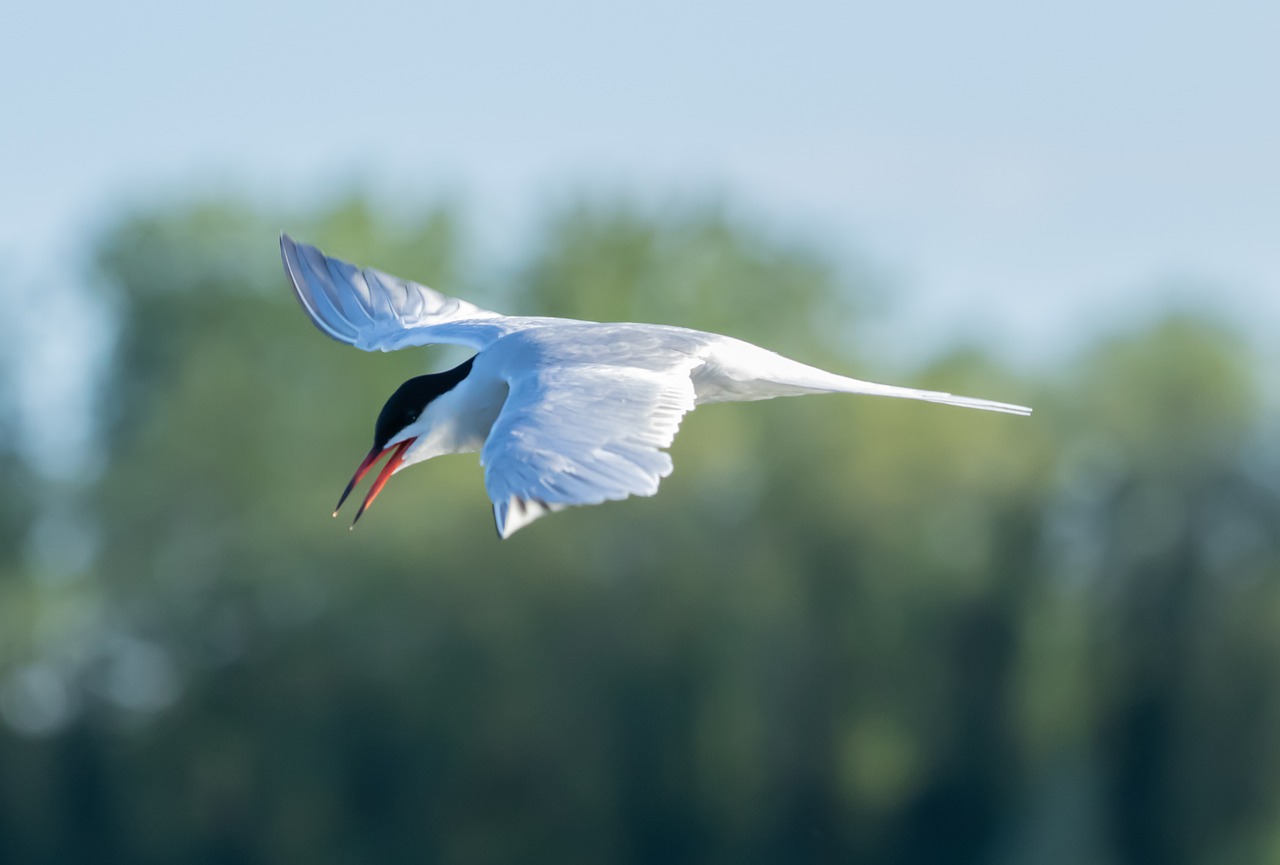Höststräcket av fisktärna Sterna hirundo och silvertärna S. paradisaea över södra Sverige
DOI:
https://doi.org/10.34080/os.v7.22971Nyckelord:
klimateffekter, fenologi, flyttvägarAbstract
Simultaneous observations of migrating Common and Arctic Terns were carried out during afternoons and evenings for three years, 1990—1992, at eleven sites at the larger lakes in southern Sweden. The force and direction of wind seemed to be the most important factor determining the number of terns observed and the route they took when they passed mainland Sweden from the Baltic Sea. The principal direction of the migration was southwest, with a more westerly orientation for Arctic than for Common Tern. High numbers were recorded mainly in head winds, whereas the terns probably flew at high altitude in tail winds, when they were not observed from the ground. The orientation of the lakes in relation the migration direction also affected the counts by leading line effects. The terns often concentrated in the southern or southwestern parts of the lakes before they continued migration. Approximately 65,000—70,000 Common and Arctic Terns are estimated to pass the region in the autumn.
Nedladdningar

Downloads
Publicerad
Referera så här
Nummer
Sektion
Licens
Författaren/författarna innehar copyright för varje enskilt bidrag, men samtliga bidrag är publicerade under en Creative Commons-licens, så att vem som helst kan dela och återanvända bidraget förutsatt att copyright-innehavaren erkänns.







